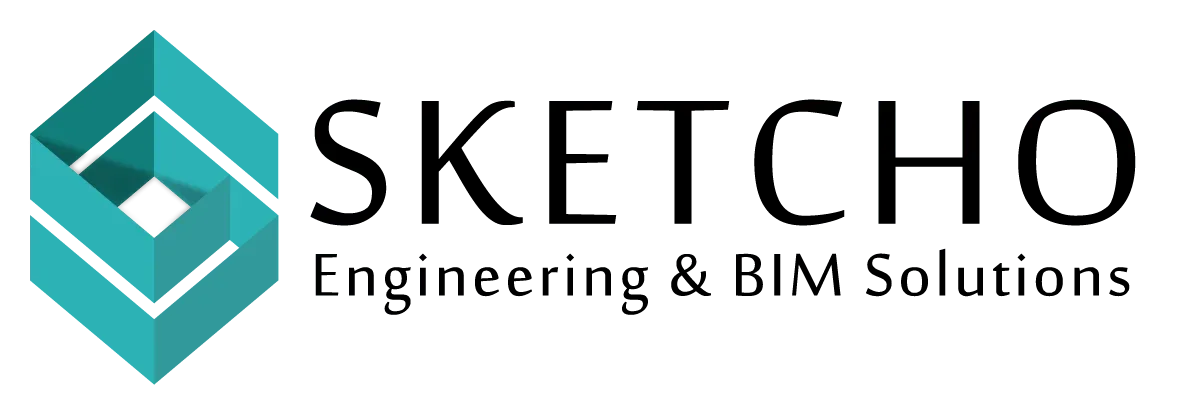The Loevestein 33 project involved the challenging transformation of an existing office building into a residential complex with 194 apartments, requiring both dismantling and reconstruction for the new purpose.
Sketcho was co-responsible for the development of the MP (Mechanical and Plumbing) BIM models and documentation for the project. This included designing the ventilation for each type of apartment according to the regulations, modeling the sanitary facilities according to the requirements and modeling the components of the heating system. The backwood for mounting the sanitary and mechanical equipment is also included in the model so that it can be installed easily and quickly on the construction site.
By ensuring seamless coordination between different disciplines to develop the final model, Sketcho was able to ensure that the project could adhere to the tight schedule.
Type
Location
Status
Client
Design in Details
In design, we bring characteristics of the natural world into built spaces, such as water, greenery, and natural light, or elements like wood and stone. Encouraging the use of natural systems and processes in design allows for exposure to nature, and in turn, these design approaches improve health and wellbeing. There are a number of possible benefits, including reduced heart rate variability and pulse rates, decreased blood pressure, and increased activity in our nervous systems, to name a few.
Over time, our connections to the natural world diverged in parallel with technological developments. Advances in the 19th and 20th centuries fundamentally changed how people interact with nature. Sheltered from the elements, we spent more and more time indoors. Today, the majority of people spend almost 80-90% of their time indoors, moving between their homes and workplaces. As interior designers embrace biophilia.
Incredible Result
Establishing multi-sensory experiences, we can design interiors that resonate across ages and demographics. These rooms and spaces connects us to nature as a proven way to inspire us, boost our productivity, and create greater well-being. Beyond these benefits, by reducing stress and enhancing creativity, we can also expedite healing. In our increasingly urbanized cities, biophilia advocates a more humanistic approach to design. The result is biophilic interiors that celebrate how we live, work and learn with nature. The term translates to ‘the love of living things’ in ancient Greek (philia = the love of / inclination towards), and was used by German-born American psychoanalyst Erich Fromm in The Anatomy of Human Destru ctiveness (1973).







